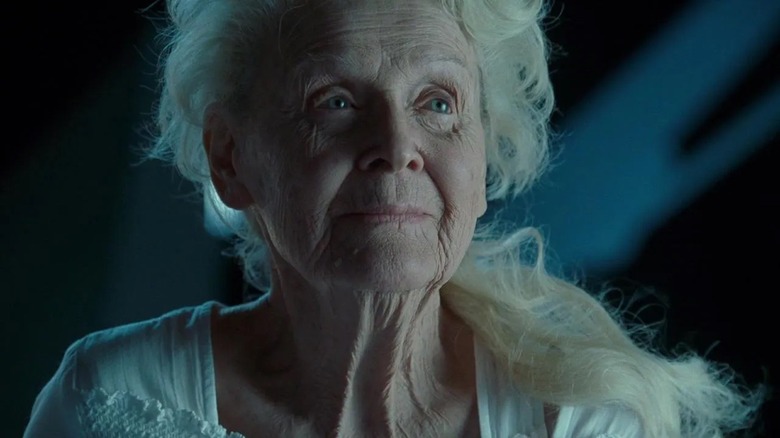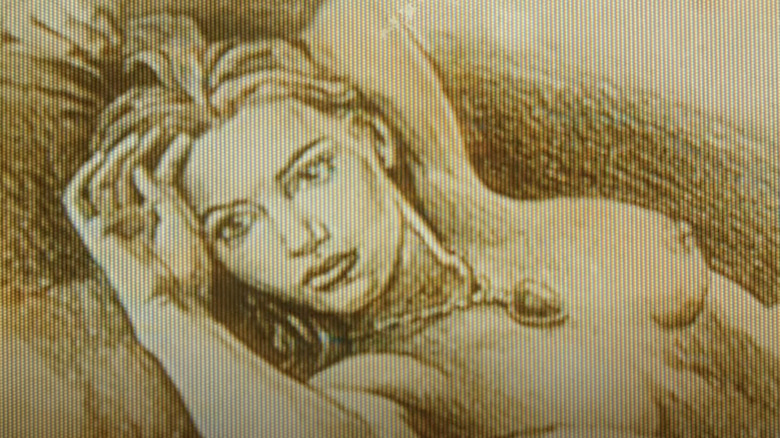Kate Winslet's Titanic Character Was Inspired By A Real Woman Who Wasn't Part Of The Tragedy
(To celebrate "Titanic" and its impending 25th-anniversary re-release, we've put together a week of explorations, inquires, and deep dives into James Cameron's box office-smashing disaster epic.)
Like many historical dramas, "Titanic" transplants a fictional story onto a real one. The ship and the tragedy were real, but Jack Dawson (Leonardo DiCaprio), Rose DeWitt Bukater (Kate Winslet), and the passion they shared weren't. That doesn't mean director James Cameron settled for inauthenticity. Even when showcasing digital alien worlds, Cameron is out to make his characters feel real.
Cameron shared how he sought this realism in a 1997 interview with Charlie Rose, shortly before the release of "Titanic." He spoke with someone who was alive in 1912 when the "Titanic" sank, but who had never been on the ship. By the late 1990s, less than a dozen Titanic survivors were still around and were all too young to remember what had happened. The last one, Millvina Dean, who was an infant during the sinking, died in 2009 at age 97.
Instead, Cameron spoke with the artist Beatrice Wood. Born in 1893, Wood was 19 when the Titanic sank. Thus, she could paint a more accurate picture of what life was like at the turn of the 20th century. In doing so, she provided the model from which Cameron would sketch Rose.
Sculpting Rose from Beatrice Wood
In said interview, James Cameron referred to "Titanic" as "a movie about memory" — that's why the movie ends with a bookend of Rose remembering the Titanic as it was in 1912. Cameron wanted there to be a "human interface" between past and present, which meant his lead had to be a survivor; the contrast wouldn't be emotionally resonant otherwise. This left him with constraints when designing Rose's character:
"If I'm telling a story, a love story, that happened to someone in 1912, they either have to be really, really old now or really, really young then or both, so I wound up with my protagonist being 102 in present-day."
Cameron decided to consult Wood not only because she was alive when the Titanic sank, but because she was a young woman when it did, just as Rose is in the film. He recounted:
"I wanted to meet and interview someone, when I was in the writing stage, who was that age and had a very exciting and passionate life, and I wanted to see what her memories were like, how vivid they were."
What did Wood's exciting life look like? She was a leading figure in the avant-garde "Dada" movement. She was even called the "Mama of Dada," though she rejected the moniker. When we first meet Rose in the present day, she's doing pottery in a room full of vases; Wood was a prolific sculptor.
Wood died in 1998, a year after the release of "Titanic," at the age of 105. Days before, she presented Cameron with a "Beatrice Wood Film Award," making him the last annual winner of the prize. Wood must have appreciated the compliment of him placing her shadow over what was then the most successful film ever made.

